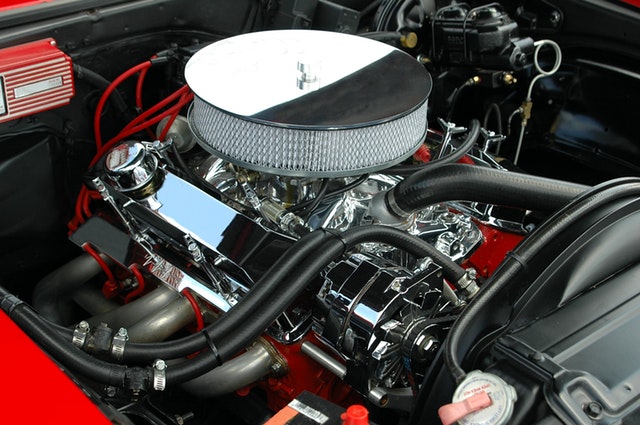What You Need To Know About Aftermarket Auto Parts
Aftermarket is a term that gets thrown around a lot when talking about auto parts. Other common terms you may have heard include OEM, alternative, imitation, and salvaged parts. But what exactly are aftermarket car parts? And how will it affect you as the vehicle owner?
Knowing the Difference: Original VS Aftermarket Car Parts
Before we can understand what aftermarket entails, it’s important that we clearly define original parts.
Original auto parts refer to any component made by a car manufacturer, usually for a specific model. They’re more popularly known as an original equipment manufacturer or OEM parts.
Aftermarket parts are produced by third-party auto part makers, not by the car manufacturers themselves. Another term used in place of aftermarket is imitation car parts. They are designed to look and function similarly as their OEM counterparts.
Other terms you should know
Salvaged car parts are used auto components which have been recycled from other vehicles. Other terms for them include recycled or junk parts. They might be OEM or aftermarket, and can be sourced from a similar car model or a different car entirely if they’re similar in design.
Alternative parts are an umbrella term for any car component that isn’t brand new and OEM. So it can be any aftermarket or salvaged auto part.
Which Is Better: OEM or Aftermarket Auto Parts?
It’s completely situational. But there’s a lot of misconception going on about aftermarket parts. In the following sections, we’ll do a side-by-side comparison of OEM and aftermarket car parts.
Round 1 – Quality
First of all, it isn’t true that OEM is the best option available. An aftermarket auto part can be the better choice sometimes. Especially if it’s made of higher quality materials and includes newer technology than the original version. However, aftermarket auto parts are somewhat a hit and miss. Some can be of lesser quality than OEM, and may not function as well.
Winner: Tie.
Round 2 – Warranty
Another common misconception is that unlike OEM, aftermarket parts don’t have any warranties. And yet this is only partially true. Most aftermarket car parts do come with warranties which are sometimes better than those offered with original parts. To find out, check aftermarket parts if they are certified by CAPA or NSF International.
Winner: Tie.
Round 3 – Availability
Surprisingly, aftermarket parts are more available than OEM. Original parts are produced only by car manufacturers, often in limited quantities. Distribution of OEM parts are also restricted to approved suppliers.
Aftermarket car parts are produced by different manufacturers so there’s more of them available. You can also buy them anywhere, making them easier to find.
Winner: Aftermarket parts.
Round 4 – Selection
Original car parts are only available in one type. But with aftermarket parts, you could have more fun! There’s plenty for you to choose from. Some of these parts are equipped with better features than their OEM varieties.
Winner: Aftermarket parts.
Round 5 – Pricing
When choosing between aftermarket and original auto parts, low costs shouldn’t be the sole determinant of your decision. But if these low costs are paired with good quality, what you get is value for your money. Aftermarket car parts are the clear winner in this round. They’re cheaper than OEM and provide more perks.
Winner: Aftermarket parts.

